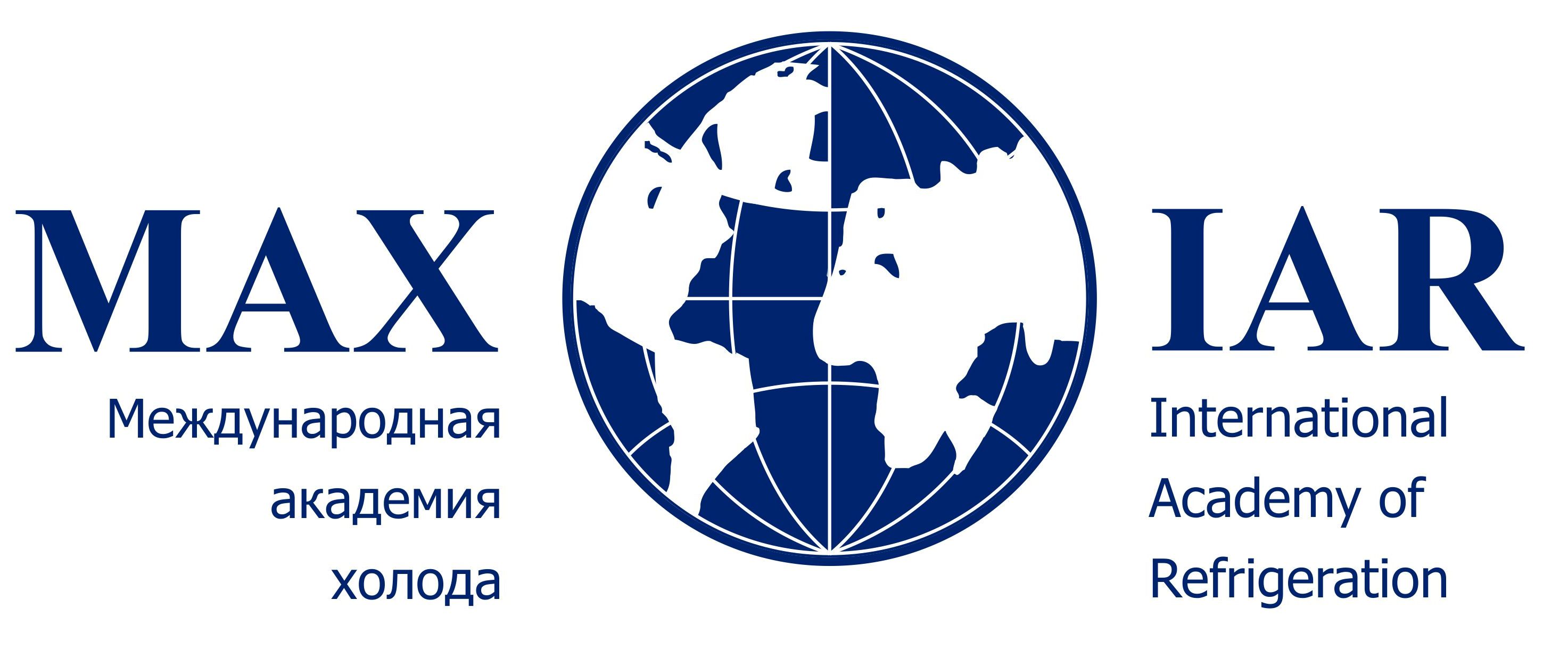Restoration of water temperature using a submersible measuring complex by solving the nonlinear nonstationary inverse heat conduction problem using the parametric identification method
DOI: 10.17586/1606-4313-2025-24-1-82-88
UDC 536.6
Pilipenko Nikolay V., Kolodiychuk Pavel A.
Keywords: parametric identification, speed of sound in water, submersible measuring complex, methodical uncertainty of the contact method, inverse heat conduction problem.
UDC 536.6
Restoration of water temperature using a submersible measuring complex by solving the nonlinear nonstationary inverse heat conduction problem using the parametric identification method
For citation: Pilipenko N.V., Kolodiychuk P.A. Restoration of water temperature using a submersible measuring complex by solving the nonlinear nonstationary inverse heat conduction problem using the parametric identification method. Journal of International Academy of Refrigeration. 2025. No 1. p. 82-88. DOI: 10.17586/1606-4313-2025-24-1-82-88
Abstract
The paper considers the problem of methodical uncertainty of measuring water temperature uneven by depth by a submersible measuring complex. A comparison for two methods of temperature determination has been made - the classical contact method based on readings of a high-precision thermistor in contact with the body of the measuring device, and parametric identification of a differential-difference model of heat transfer with a solution of the nonlinear nonstationary inverse heat conduction problem. In this case, based on the restored heat flux, immersion speed, and a pre-calculated hydrodynamic model of flow around the measuring complex, the water temperature is restored taking into account the thermal inertia inherent in the contact method. The parametric identification method, compared with the classical method, showed a significant reduction in the uncertainty of water temperature and the speed of sound calculated on its basis. The results obtained can be used for a more accurate study of the seabed and determination of the distance to distant objects under water.
Abstract
The paper considers the problem of methodical uncertainty of measuring water temperature uneven by depth by a submersible measuring complex. A comparison for two methods of temperature determination has been made - the classical contact method based on readings of a high-precision thermistor in contact with the body of the measuring device, and parametric identification of a differential-difference model of heat transfer with a solution of the nonlinear nonstationary inverse heat conduction problem. In this case, based on the restored heat flux, immersion speed, and a pre-calculated hydrodynamic model of flow around the measuring complex, the water temperature is restored taking into account the thermal inertia inherent in the contact method. The parametric identification method, compared with the classical method, showed a significant reduction in the uncertainty of water temperature and the speed of sound calculated on its basis. The results obtained can be used for a more accurate study of the seabed and determination of the distance to distant objects under water.
Keywords: parametric identification, speed of sound in water, submersible measuring complex, methodical uncertainty of the contact method, inverse heat conduction problem.












